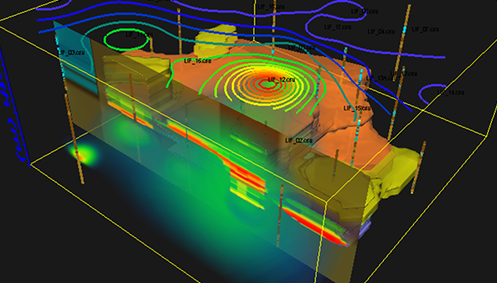Nelson SCG
NELSON’s utilizes advanced, innovative technologies to tackle contaminated sites of our clients. Working together with SCG Industries, we are committed to providing our clients with the best tools for their projects.

We use cost-effective techniques to provide high resolution information on contaminant distributions and subsurface dynamics in real-time. This information provides a critical reduction in cost and uncertainty enabling accurate conceptualization of site dynamics and the development of effective strategies for site management.
“High-resolution site characterization (HRSC) strategies and techniques use scale-appropriate measurement and sample density to define contaminant distributions, and the physical context in which they reside, with greater certainty, supporting faster and more effective site cleanup.” – U.S. EPA
Nelson SCG uses the following cost-effective High Resolution Characterization Tools:
- UVOST – This technology efficiently delineates petroleum, oil, and lubricant (POL) contaminants in the subsurface. All the usual forms of POLs, including; gasoline, diesel fuel, jet fuel, and hydraulic fluids, can be detected via the fluorescence response of their polycyclic aromatic hydrocarbon (PAH) constituents.
- Membrane Interface Probe & MiHPT – The membrane interface probe (MIP) is a screening tool used to log the relative concentration of volatile organic compounds (VOCs) with depth in soil.
- HPT – The Hydraulic Profiling Tool (HPT) is a logging tool that measures the pressure required to inject a flow of water into the soil as the probe is advanced into the subsurface. This injection pressure log is an excellent indicator of formation permeability.
- TarGOST – Tar-specific Green Optical Screening Tool or TarGOST® was developed exclusively for detection of coal tars, creosotes, heavy crudes, and tank bottoms.
- DyeLIF – The Dye-enhanced laser induced fluorescence system (DyeLIF) tool is a new site characterization technology that facilitates rapid, cost-effective 3-dimensional (3-D) delineation of residual chlorinated solvent DNAPL in the subsurface.